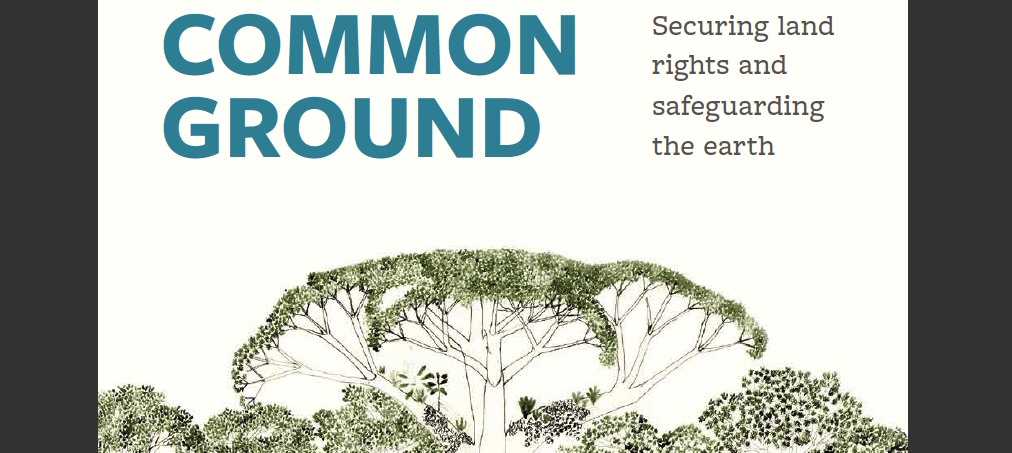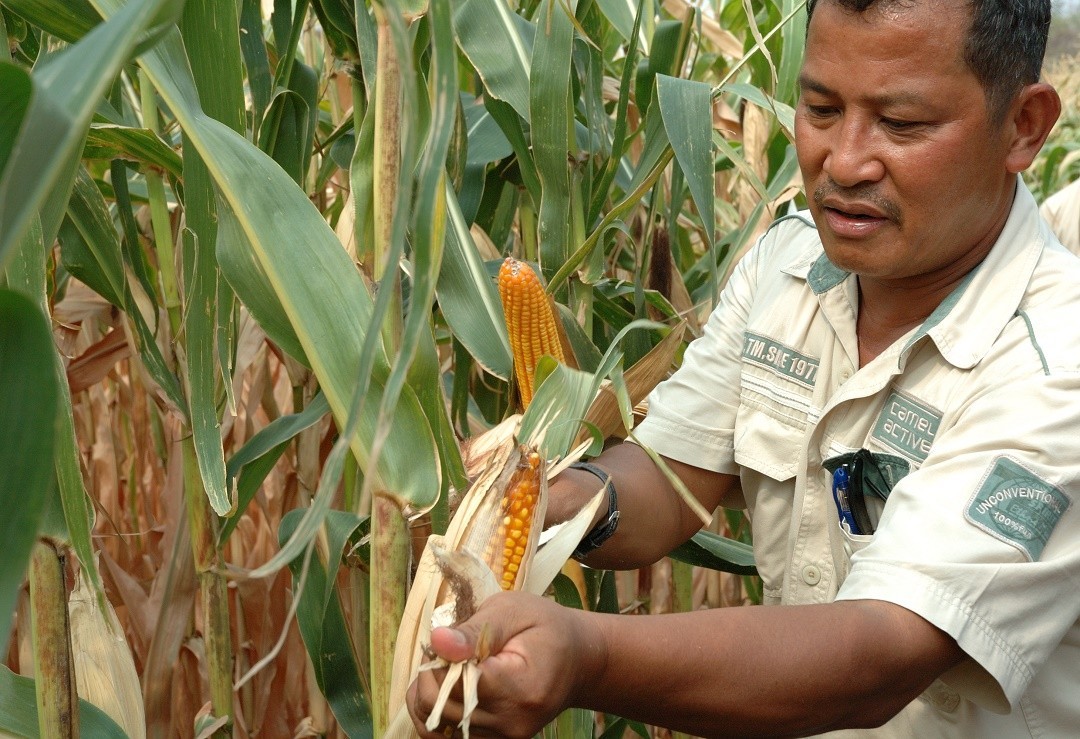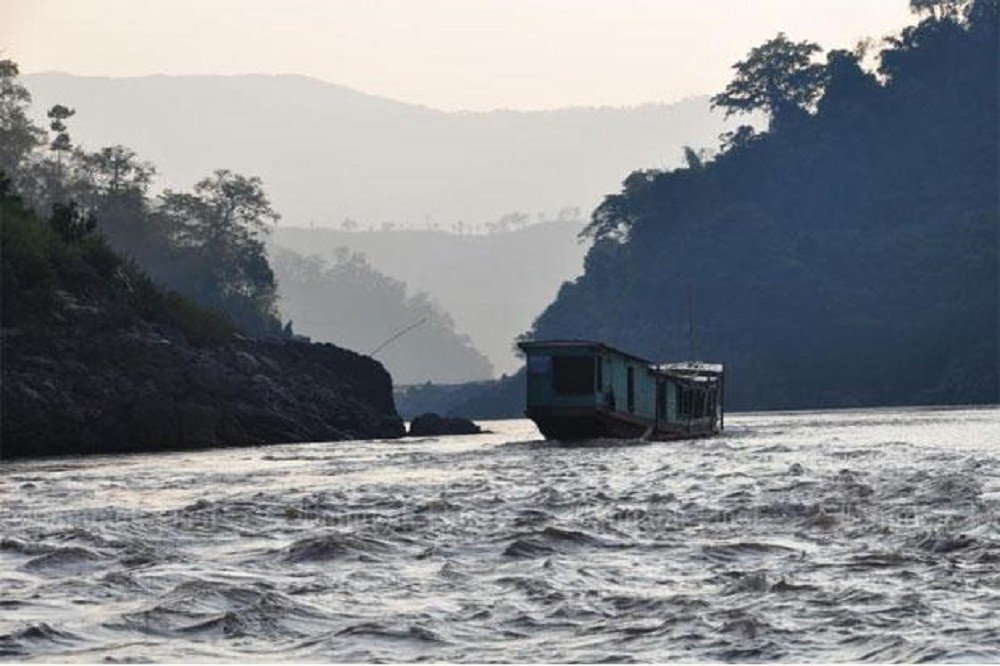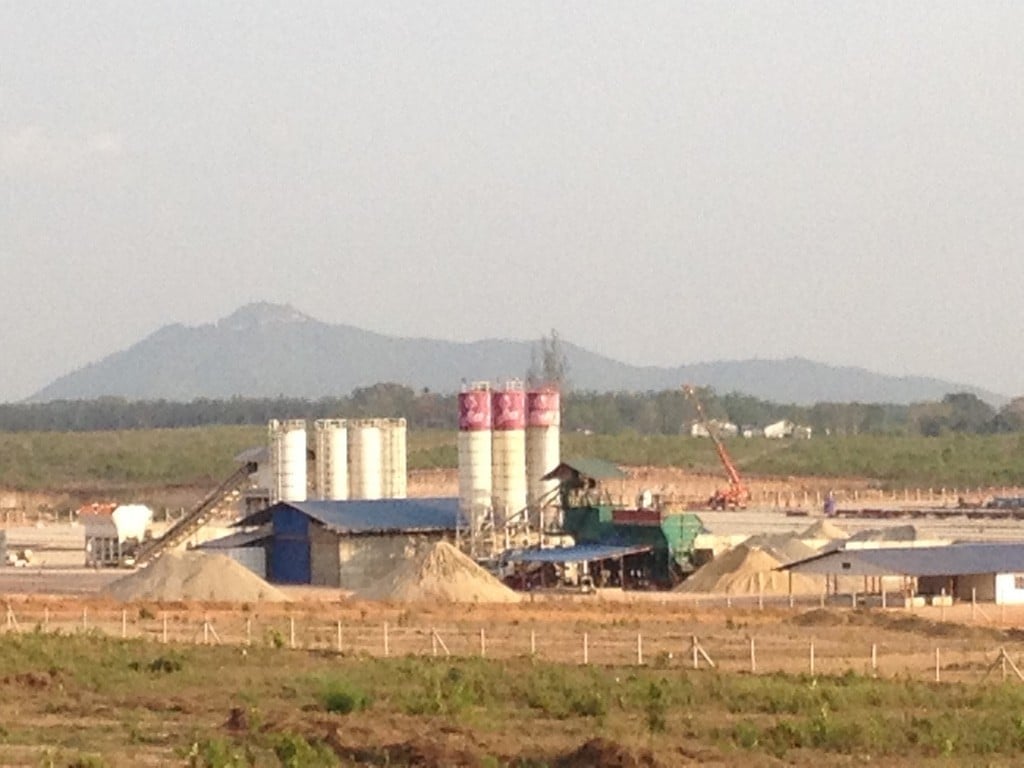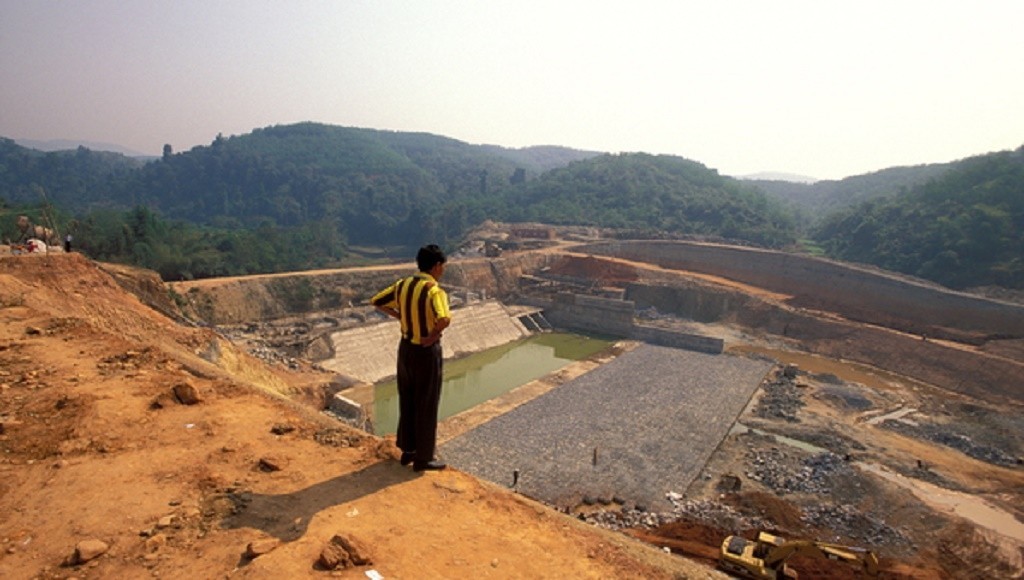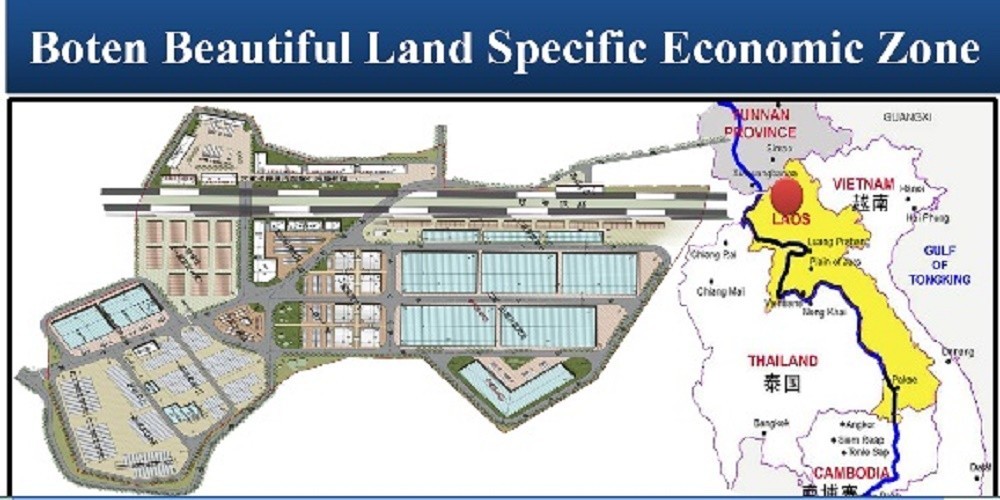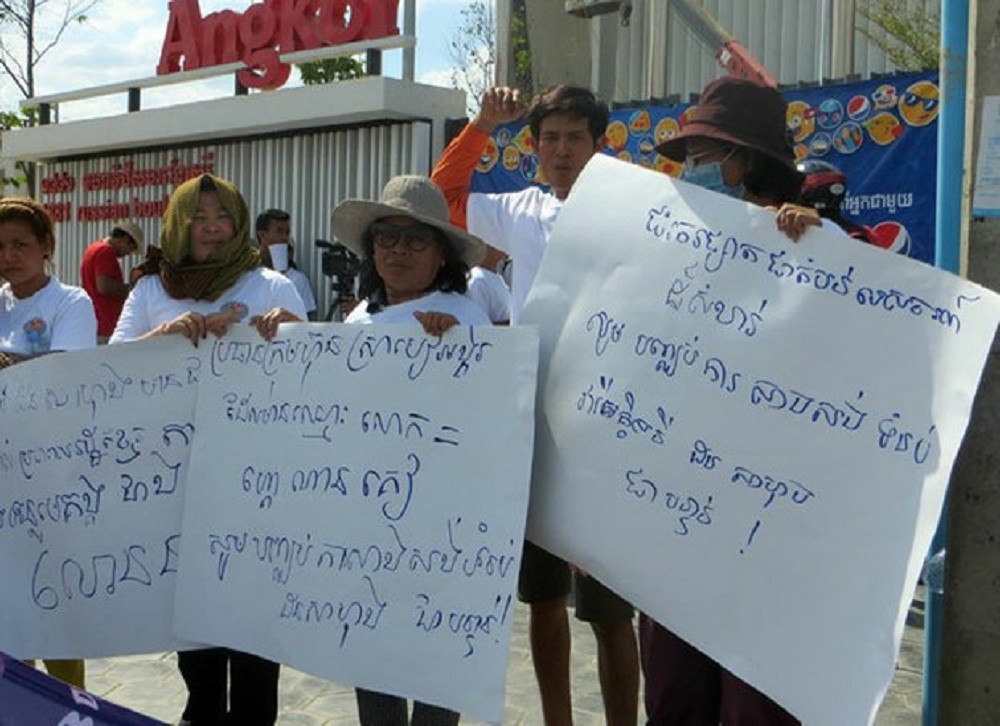Up to 2.5 billion people depend on indigenous and community lands, which make up over 50 percent of the land on the planet; they legally own just one-fifth. The remaining five billion hectares remain unprotected and vulnerable to land grabs from more powerful entities like governments and corporations. There is growing evidence of the vital role played by full legal ownership of land by indigenous peoples and local communities in preserving cultural diversity and in combating poverty and hunger, political instability and climate change. The importance of protecting and expanding indigenous and community ownership of land has been a key element in the negotiations of the Sustainable Development Goals and the Paris Agreement on climate change, and is central to their successful implementation. This report launches a Global Call to Action on Indigenous and Community Land Rights, backed by more than 300 organizations all over the world. It is a manifesto of solidarity with the ongoing struggles of indigenous peoples and local communities seeking to secure their land rights once and for all.
Category: Article
Statement of Kachin people on “Natural Resource Governance in Kachin State”
Kachin Organizations On March 1, 2016, 103 leaders of Kachin State from 61 organizations from civil society organizations, political parties, and religion organizations met at Myitkyina, Kachin State to discuss “Natural Resource Governance in Kachin State”. The following statements were agreed collectively at the forum. 1) To institute federalism, self-determination in no time with administration, […]
Linking rural development with SDGs
The 2030 agenda for sustainable development undoubtedly proposes an exciting vision, and promises a future of peace and prosperity; but these goals will not be easy to achieve unless we develop effective global partnerships and learn from the outcomes of Millennium Development Goals (MDG). We need to investigate both the successes and failures of MDGs, set our focus on result-oriented development, and encourage government and their development partners to think about the linkages between plan, policy, delivery and monitoring in resource mobilisation and management.
Dam Building on Lower Mekong Accelerating, Threatening Path of Destruction
This week the hydro-power industry gathered in Vientiane, Laos to attend the International Conference and Exhibition on Water Resources and Hydro-power Development in Asia.
The conference comes at a time when the pace of dam building on the lower Mekong River mainstream appears to be accelerating at a dangerous speed, and it threatens to leave a path of destruction in its wake.
‘Economic Growth Is Not the Best Way to Solve Economic Problems’: Policy Advocate
A public seminar entitled “Myanmar’s Special Economic Zones (SEZs): Opportunities or Threats to Local Communities” attracted regional development specialists to Rangoon this week, including Penchom Saetang, Director of Ecological Alert and Recovery Thailand (EARTH).
In her work as a community and policy advocate, Saetang fights for corporate and government accountability concerning health and environmental problems from industrial pollution.
As Burma is developing three SEZs in Arakan State and Rangoon and Tenasserim divisions, respectively, problems have been highlighted concerning land confiscation, a lack of public consultation and forced relocation.
The Irrawaddy’s Yen Snaing spoke with Saetang about Thailand’s experience promoting industrialization, and what experiences Burma might be able to draw upon from its neighbor.
Prospects for Regional Cooperation on Environmental Impact Assessment in Mainland Southeast Asia
Pact inquired with ministries and other actors about the prospects for more effective environmental impact assessment (EIA) policy and practice and the role of multi-stakeholder cooperation at the regional level to improve EIAs in the five Lower Mekong countries (Cambodia, Lao PDR, Myanmar, Thailand and Vietnam). A team of country experts analyzed the relationships and interests involved in improving the state of EIA. Pact’s analysis indicates that there is strong support among government and non-governmental stakeholders alike for reform of national EIA procedures, increased public participation, and development of a regional EIA standard. Pact hopes this research encourages continued dialogue across boundaries and stakeholder groups in order to tackle the pressing development challenges facing the Mekong region.
Climate change, dams and risk on the Mekong
Climate change is threatening the economic and political future of the Mekong region. Excessive dam building is accelerating these risks. Failure to act will significantly impact growth in the region.
China’s expanding influence in Laos
The recently signed Joint General Scheme of Mohan–Boten Economic Cooperation Zone is the first cross-border economic cooperation zone that China has established in Laos and, for that matter, in the whole of Southeast Asia. The deal hints at the Asian giant’s goal to expand its economic ties with its southern neighbours.
Cambodians Raise Questions About Angkor Beer’s Involvement in Don Sahong Dam
An attempt by about 100 Cambodian protesters to force the Angkor Beer company to divest its stake in the Don Sahong hydropower plant in Laos fell flat on Friday when company representatives said the brewer has no involvement in the project.
Myanmar Oil Gas Industry Opportunity, Analysis and Forecast Report 2016
Research and Markets has announced the addition of the “Myanmar Oil Gas Industry Analysis and Forecast Report (Q1 2016). The premier report provides analysis of key opportunities and associated challenges facing Myanmar oil and gas industry. Amidst several challenges confronting the oil and gas industry including fall in prices, changing market conditions, oil and gas sector risk and shift in competitive landscape, the report provides detailed insights into critical short and long term factors set to shape the outlook.


